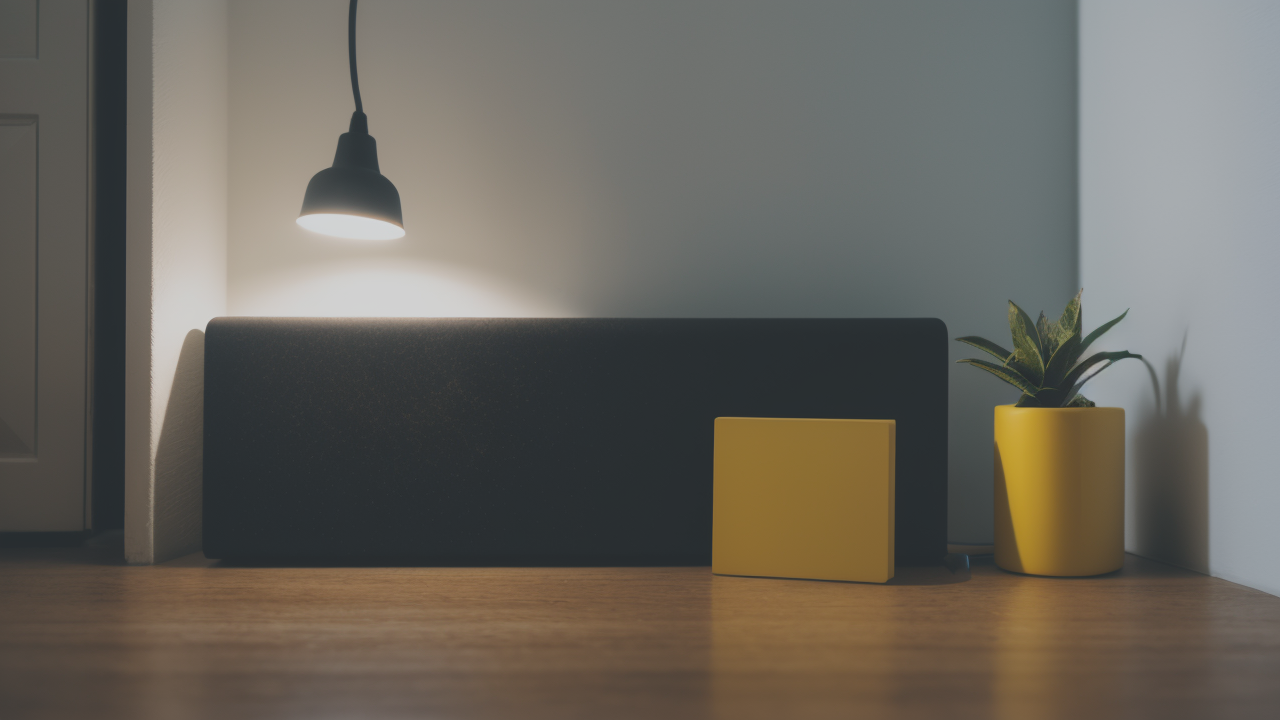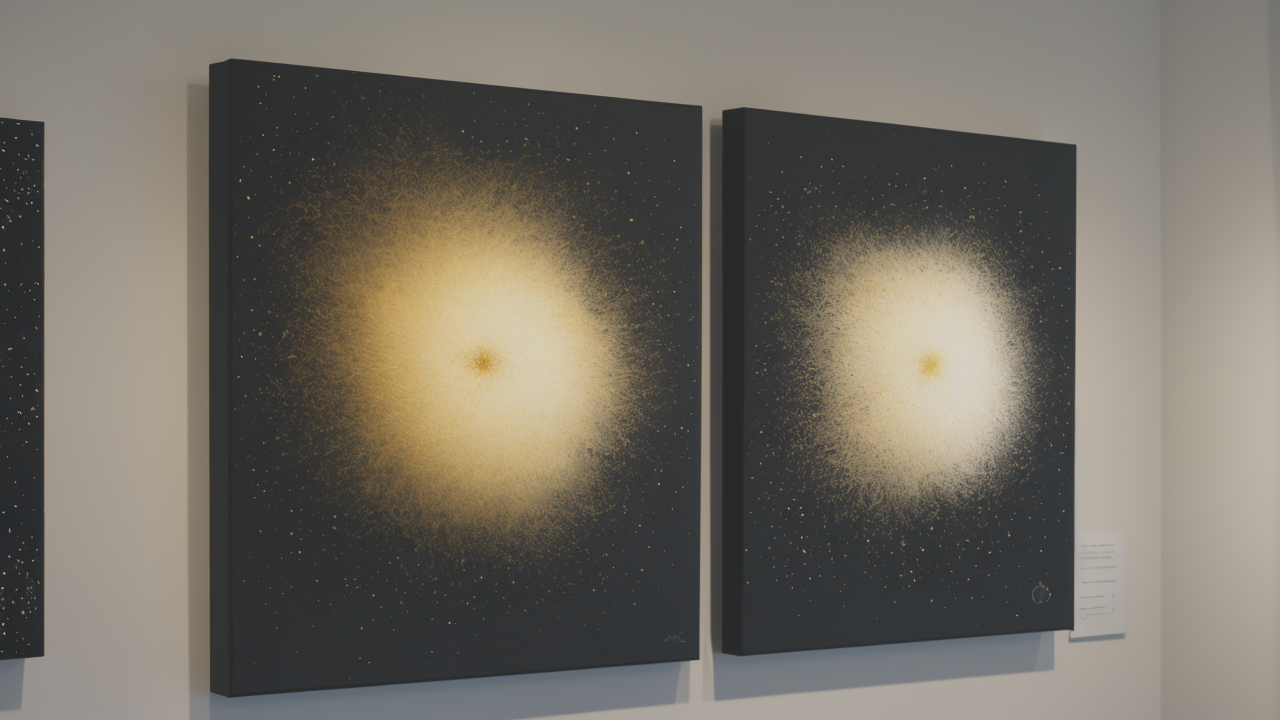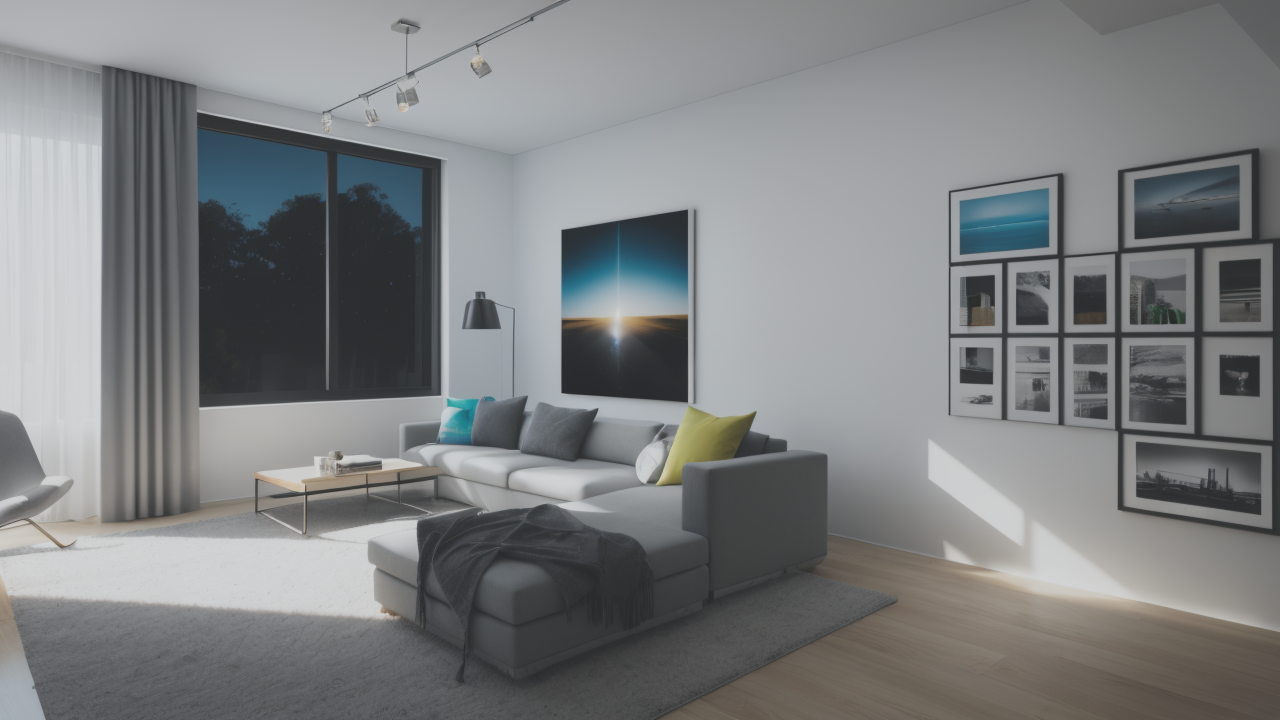
The Power of Less: How Minimalist Wall Art Can Redefine Your Living Space
The Fundamentals of Minimalist Art in Home Decor
Understanding the Philosophy Behind Minimalism
Minimalism in art is all about simplicity. It focuses on the bare essentials. This style removes clutter and excess. In home decor, it means clean lines and open spaces. Minimalist art aims to create calm and order.

The key idea is "less is more." This means choosing quality over quantity. Each item should have a purpose or bring joy. This approach can lead to a more peaceful home environment.
Minimalism also supports sustainability. Owning less means consuming less. This aligns with eco-friendly living. In art, it often uses simple materials and forms. The result is timeless pieces that don't follow passing trends.
Key Elements That Define Minimalist Art
Minimalist art has several key features:
- Simplicity: Uses basic shapes and forms
- Limited colors: Often uses one or two colors
- Negative space: Embraces empty areas
- Geometric shapes: Favors clean lines and basic forms
- Repetition: May use repeated patterns
- Texture: Can add subtle depth
These elements create a sense of order. They allow viewers to focus on the essence of the piece. In home decor, minimalist art can be a focal point without overwhelming the space.
The Psychology of Minimalism in Interior Design
Minimalism in design can greatly affect your mood. It creates a sense of space and freedom. Clutter-free rooms can reduce stress and anxiety. They allow the mind to relax and focus.
Colors in minimalist art play a role in mood. Neutral tones can create a calm feeling. Bold, single-color pieces can energize a space. The simple forms can promote clear thinking.
Minimalist spaces can boost productivity. With fewer distractions, it's easier to concentrate. This makes minimalist art great for home offices or study areas. The clean lines can inspire creativity and clear thinking.
How to Choose the Right Minimalist Paintings for Your Home
Assessing Quality and Authenticity
When picking minimalist paintings, quality is key. Look for well-made pieces with clean lines. Even simple art should show attention to detail.

Consider the materials used. Good canvases or papers help art last longer. For prints, check for special inks that won't fade. These ensure your art will stay beautiful for years.
Real minimalist art has a clear concept. Learn about the artist's background and ideas. Good pieces will have depth, even if they look simple. Be wary of copies that lack thought or purpose.
Matching Paintings with Your Decor
Your minimalist art should complement your home. Think about your current color scheme. Neutral art can fit in most spaces. Bold pieces can add excitement to a room.
Size and scale are important. Large pieces can be the main focus of a room. Small works can be grouped for impact. Consider your wall space and furniture when choosing sizes.
Think about the mood you want to create. Calm blues and greens suit bedrooms. Energetic reds or yellows can liven up living spaces. Black and white pieces offer timeless elegance.
Seasonal Considerations for Minimalist Art
Minimalist art can adapt to seasons. In summer, light colors can create a fresh feel. Winter might call for warmer tones or more texture.
Try rotating your art collection with the seasons. This keeps your space feeling new. It lets you showcase different pieces throughout the year. Store unused art carefully to keep it in good condition.
Some artists create minimalist works inspired by seasons. These can subtly reflect nature's changes. Using these can bring a touch of the outdoors into your minimalist home.
Advanced Tips for Incorporating Minimalist Art in Your Space
Strategic Placement for Maximum Impact
Where you put minimalist art matters. A single large piece can anchor a room. It becomes a focal point, drawing the eye. Consider placing it above a sofa or in an entryway.

Create balance with asymmetry. Place a painting off-center on a wall. This adds visual interest without clutter. Use the rule of thirds to guide placement for a pleasing look.
Think beyond traditional spots. A small piece in a bathroom can add elegance. A series in a hallway can create a gallery feel. Look for unique places to showcase your art.
Combining Minimalism with Other Design Elements
Minimalist art can work with various styles. In a traditional space, it adds a modern touch. In an eclectic room, it provides a calm counterpoint to busier elements.
Use minimalist art to highlight architectural features. A simple piece can draw attention to interesting walls. It can also emphasize unique structures like arches or alcoves.
Try pairing minimalist art with plants. The organic shapes of greenery soften rigid lines. This combination brings life and balance to a space.
The Role of Minimalist Art in Creating Smart Home Spaces
Minimalist art fits well in smart homes. Its clean lines complement modern technology. Look for art that doubles as functional pieces, like digital displays or sound panels.
Use minimalist art to hide technology. A large canvas can cover a wall-mounted TV when not in use. This maintains a clean look while incorporating modern conveniences.
Lighting can enhance minimalist art in smart homes. Use programmable LEDs to highlight pieces. This allows you to change the mood of your space with lighting. It adds an interactive element to your minimalist decor.


